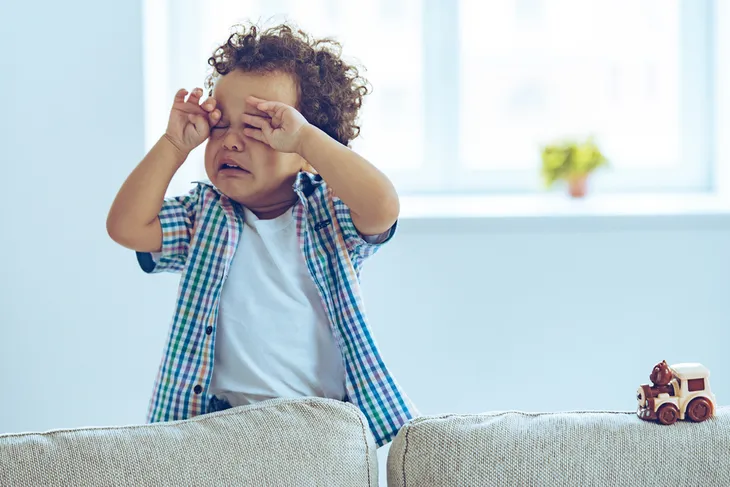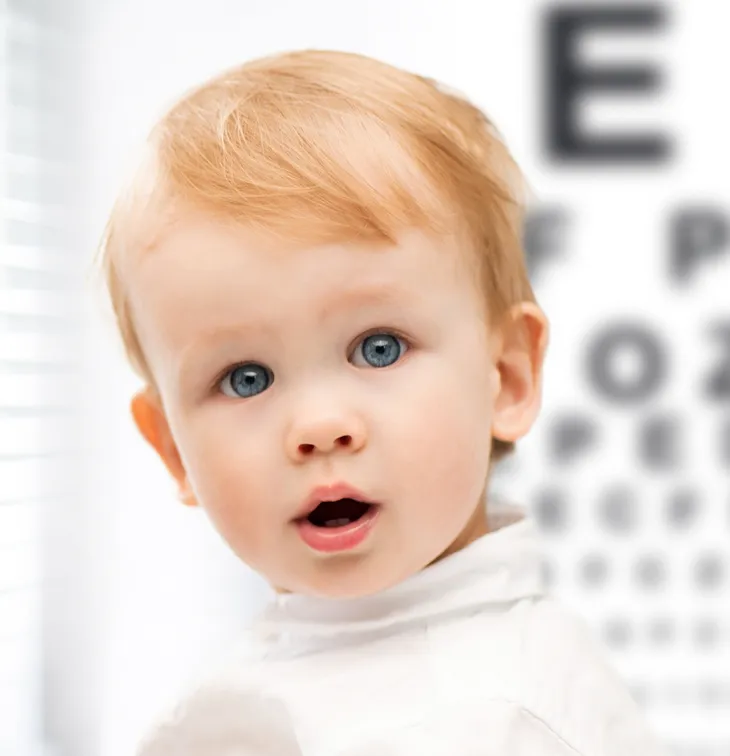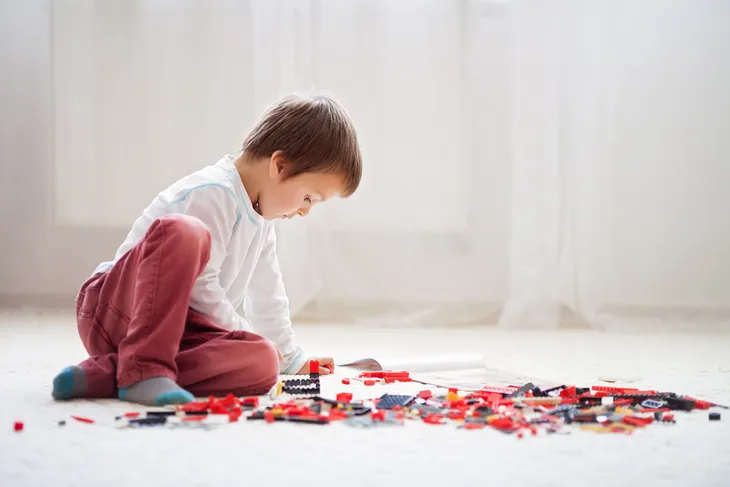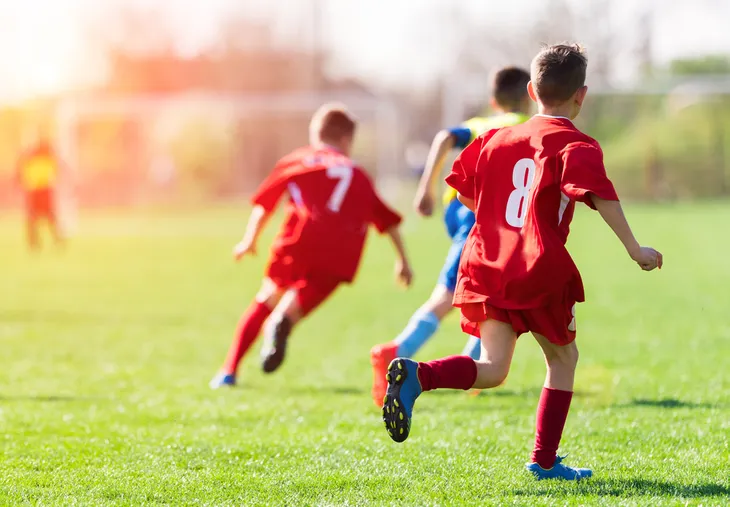It can happen in an instant…one minute your child is playing happily without a care in the world, the next they are taking a dive off a couch and into the edge of a table. Or, they crash into a friend on their bikes and topple onto the pavement.
While much crying ensues and you probably start to panic, there are some things to keep in mind about kids and head injuries—they’re usually not as serious as you might think, but they should be monitored just in case. Here are six tips for when junior bonks their head (and they will)…
Don’t Be Panicked By Blood and Bumps
If there’s a “goose egg” (bump) that forms soon after the impact, and even some blood flow, there’s probably no need to panic. The outer layer of the skull is full of blood vessels, and goose eggs are the result of blood and fluid leaking into the scalp, notes ChildrensMD.org.
The source acknowledges that bleeding and bumps can be upsetting for a parent, but should resolve after 5 or 10-minutes of applied pressure. If there’s no noticeable changes in behavior following the incident (more on that next), then immediate medical attention isn’t required, adds the source.
Look Into Their Eyes
ChildrensMD.org has a “when to worry” chart to refer to following a head impact involving your child. One of the key determining factors if there’s more than superficial damage is changes to the eyes, according to the source.
If your child’s pupils are dilated (or different sizes), they complain of double vision, or they can’t properly follow your finger side to side or up and down (with both eyes), then it’s time to call a doctor. If your child it too young to vocalize their vision problems, it will probably become obvious fairly quickly (but don’t let them bump into anything else).
Observe Them Closely Afterwards
If your child didn’t lose consciousness from the blow to the head, and they seem alert, you can still take precautions, according to AskDrSears.com. Give them a chance to walk, talk and play and “administer a dose of parental sympathy” as well as apply ice to the goosebump, adds the source.
Keep a close eye on the behavior of your child over the next 24-hours, as any neurologic effects of the impact may not show up right away, it explains. However, even if your child is behaving normally for the most part, trust your “inner voice” if something isn’t quite right, it adds. “Trust this monitoring system as much as the most sophisticated electronics,” it offers.
Remember Sleep is Their Friend
First of all, there’s a myth out there that you shouldn’t let your child fall asleep following a head injury, for fear they’ll slip into a coma. Remember that their bout of crying might tire them out, and if they don’t have any unusual symptoms or behaviors, then let them rest.
Even if your kid has been diagnosed with a concussion (usually a temporary brain injury that affects cognitive functions), you can still let them sleep, according to TodaysParent.com. There’s also a school of thought to wake them every 2-hours to check on their well-being, but sleep is really what they need, the source explains. However, a check during the night to ensure new symptoms (vomiting, shortened breath, moaning) haven’t developed is recommended.
Limit Stimulation
Parents.com says if there’s a concussion involved, then you will want to limit “any activity that works their brain” including video games directly following the injury. You should also check with their doctor to see if they need time off school, it adds.
Needless to say, roller coasters (and other thrill rides) should be out of the question, as should any sports or tumbling activities, it adds. Be sure to book a follow-up appointment with the doctor after a few days to see if the effects of the injury are still present, explains the source.
Lower The Risk of Another Injury
While kids will be kids—they’re active and they’re unpredictable—you can help protect them against future head injuries. If they’re playing sports or biking, use the appropriate approved helmet (helmets are not designed for all activities).
You can also take the time to make sure your home is “toddler proofed” again—if your kid seems to hit their head in the same area of a room often, make some changes like covering sharp corners, suggests ChildrensMD.org. Or, switch out furniture for pieces with rounded corners, it adds.








